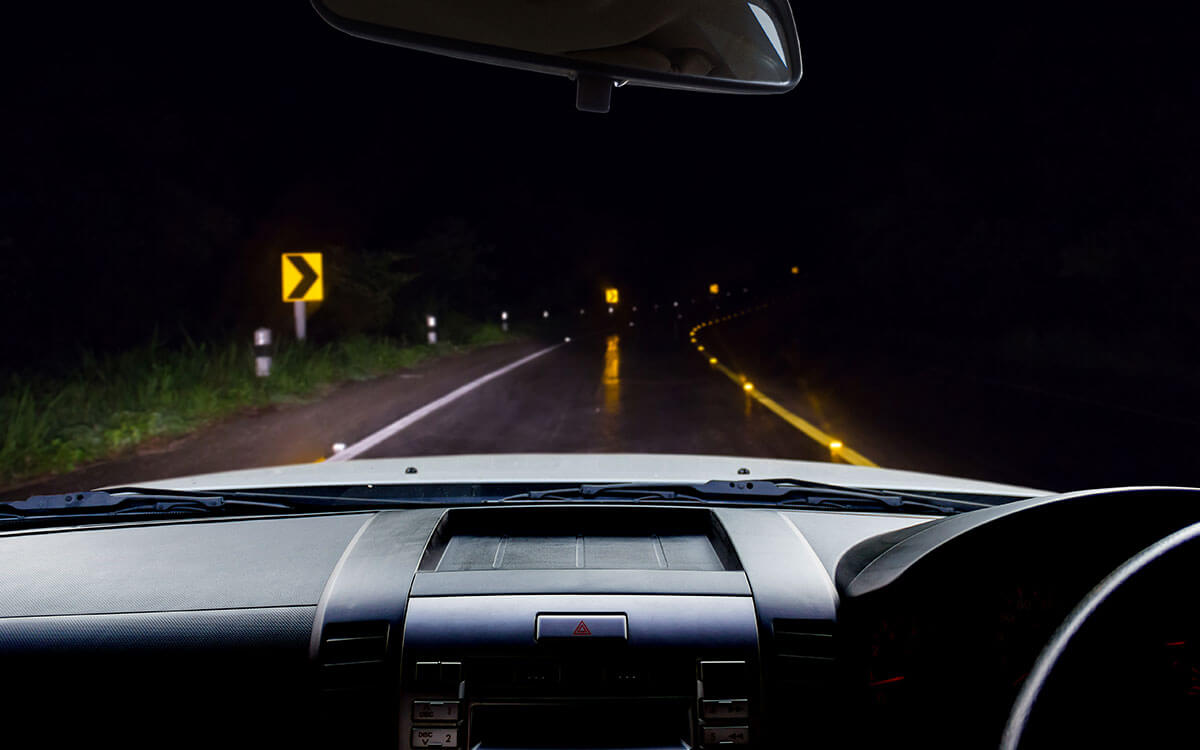How to Avoid a Moose on the Loose
Newfoundlanders and Labradorians know how formidable moose can be. While spotting one far off in the brush can be a thrilling photo-op, hitting one can be like hitting a brick wall. The bad news is that occurrences of moose/vehicle collisions happen far too often in this Province, and go up abruptly at this time of year. The reason is that during the Spring, the yearlings are driven off by the mothers who are about to give birth to a new calf. The young moose are travelling, unsure of where to go, and are in search of their own territory.
But while they are most common in June, July and August, moose/vehicle accidents can – and do – occur in any season. Urban sprawl and the resulting loss of habitat, mean that moose are turning up in areas not previously seen. The good news is that there are strategies you can employ to greatly reduce your chance of a moose/vehicle collision. One of the best pieces of advice you’ll hear is – whenever possible – travel by day. That’s because the vast majority of these collisions occur between dusk and dawn. But if your travel plans absolutely require you to drive at night, check out the following advice from those in the know:
- Ensure your headlights are working, and use high beam except when approaching or overtaking another vehicle.
- Heed all Moose Warnings and High Risk signs as you travel.
- Be cognizant of boggy/mossy areas, and watering locations that moose tend to favour.
- Moose are extremely hard to see, even on clear nights. Slow down when driving at night, and drive with increased caution in rain or fog.
- Scan both sides of the road as you drive, watching for sudden movements.
- Remember that moose are unpredictable. A moose near the road is just as likely to dart in front of your vehicle as to turn back to the woods.
- Note when other vehicles are stopped or slowed… drivers may have spotted a moose.
- Never drive distracted. Give the task of driving your undivided attention.
- Wear your seatbelt. In the event of a collision, it could save your life.
Finally, do not rely on moose whistles, reflectors or repellents. They have not been proven effective, and can give you a false sense of security. Being alert, aware, and employing safe driving practices are the best possible defenses against a moose/vehicle collision. While these majestic and powerful animals make great photography subjects, no one wants to see them, or you, on the six o’clock news. So, be moose-aware – especially after dark –and make sure that all your moose sightings are happy ones.

